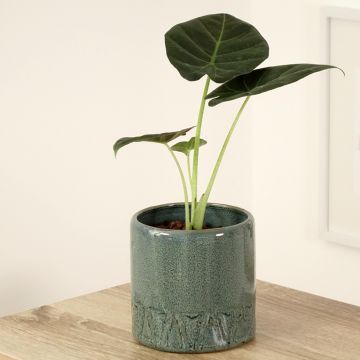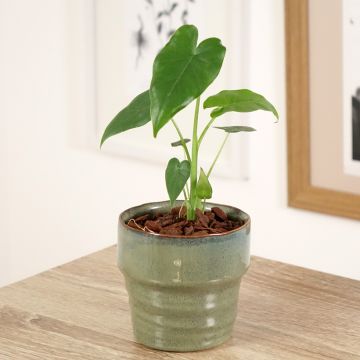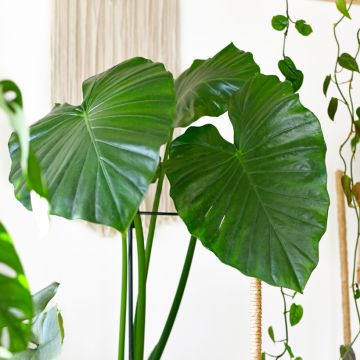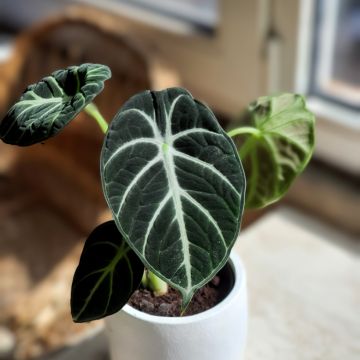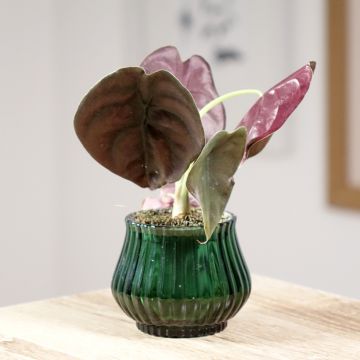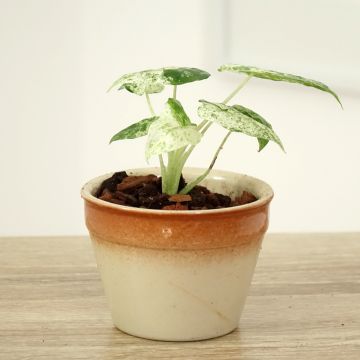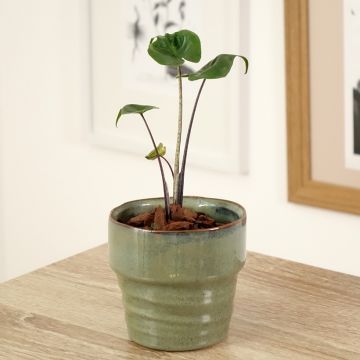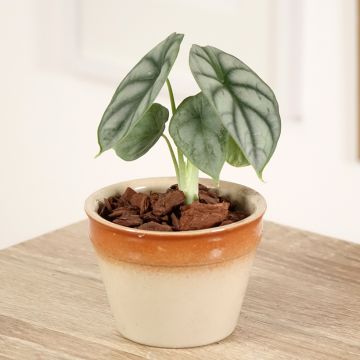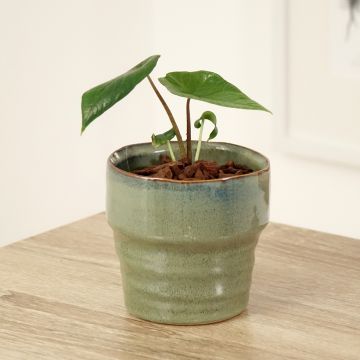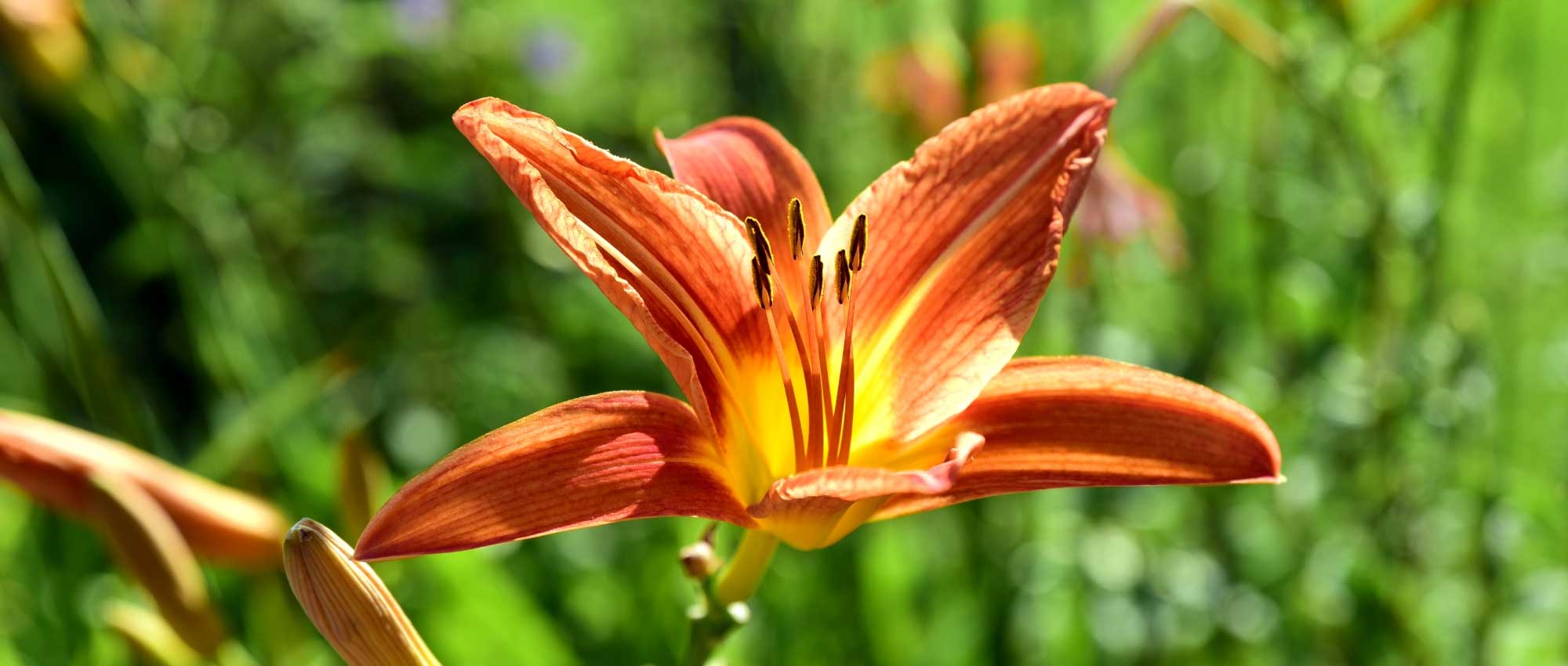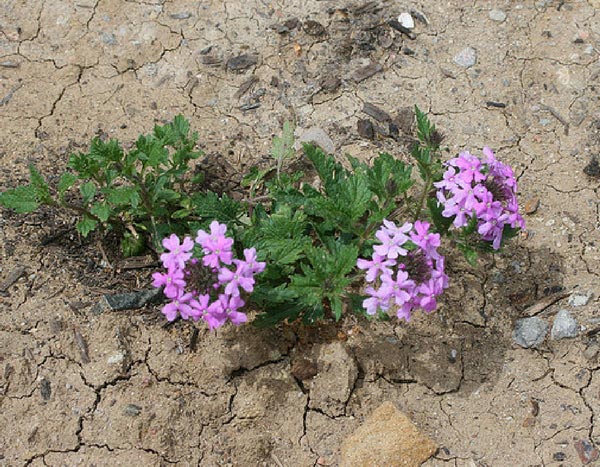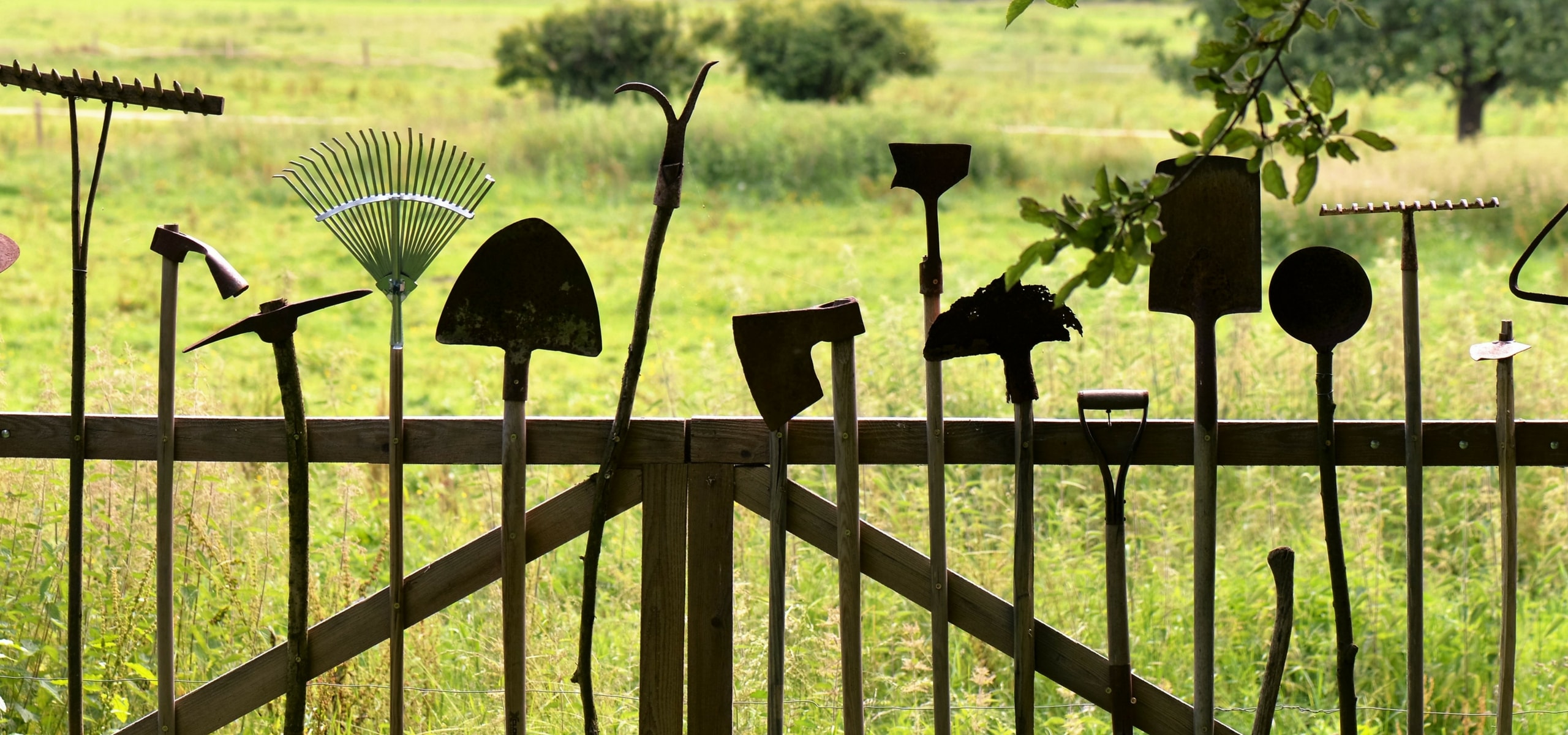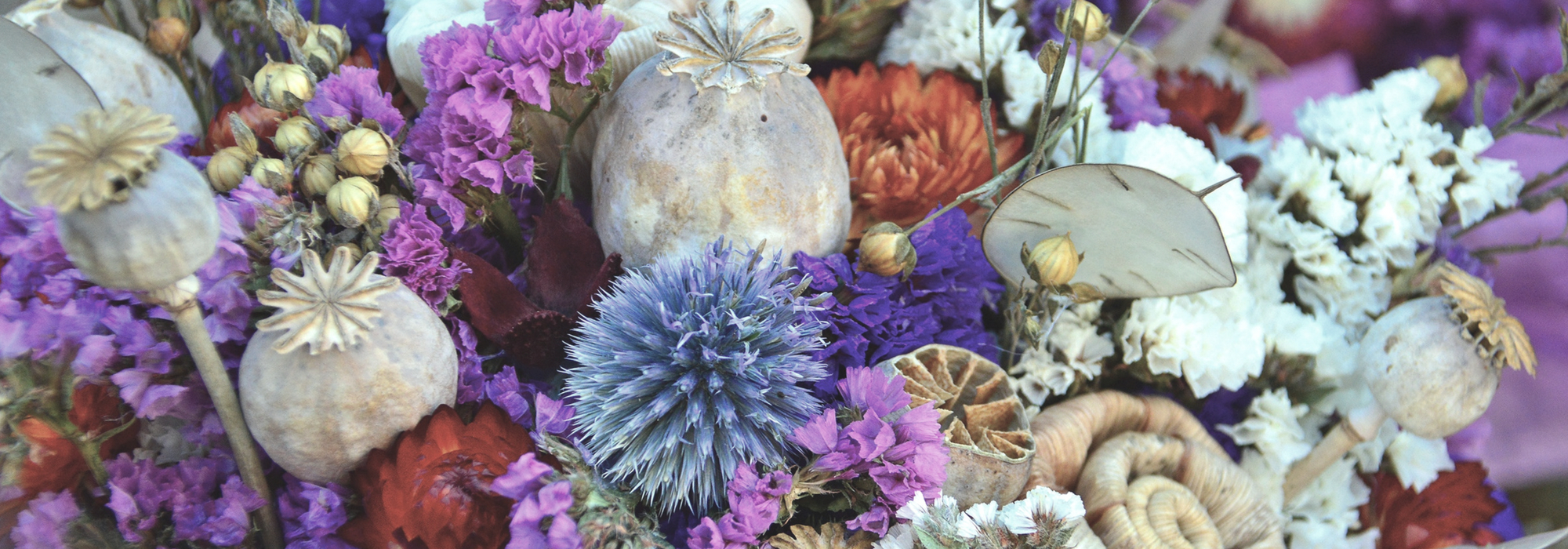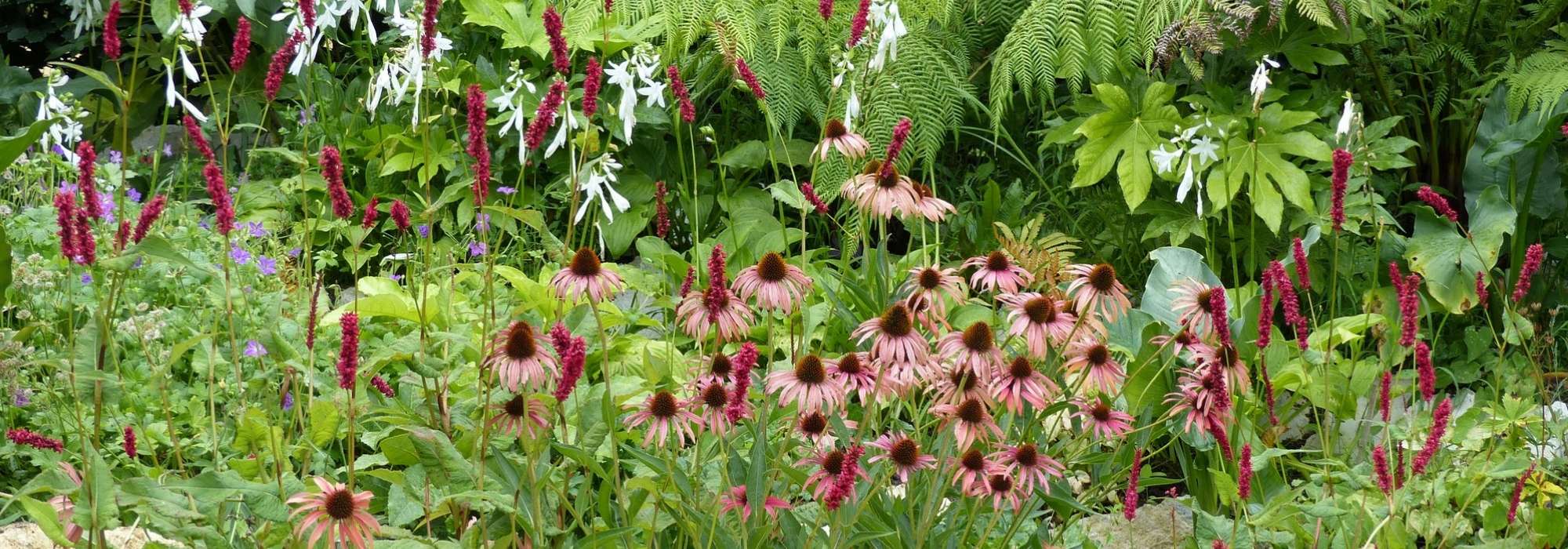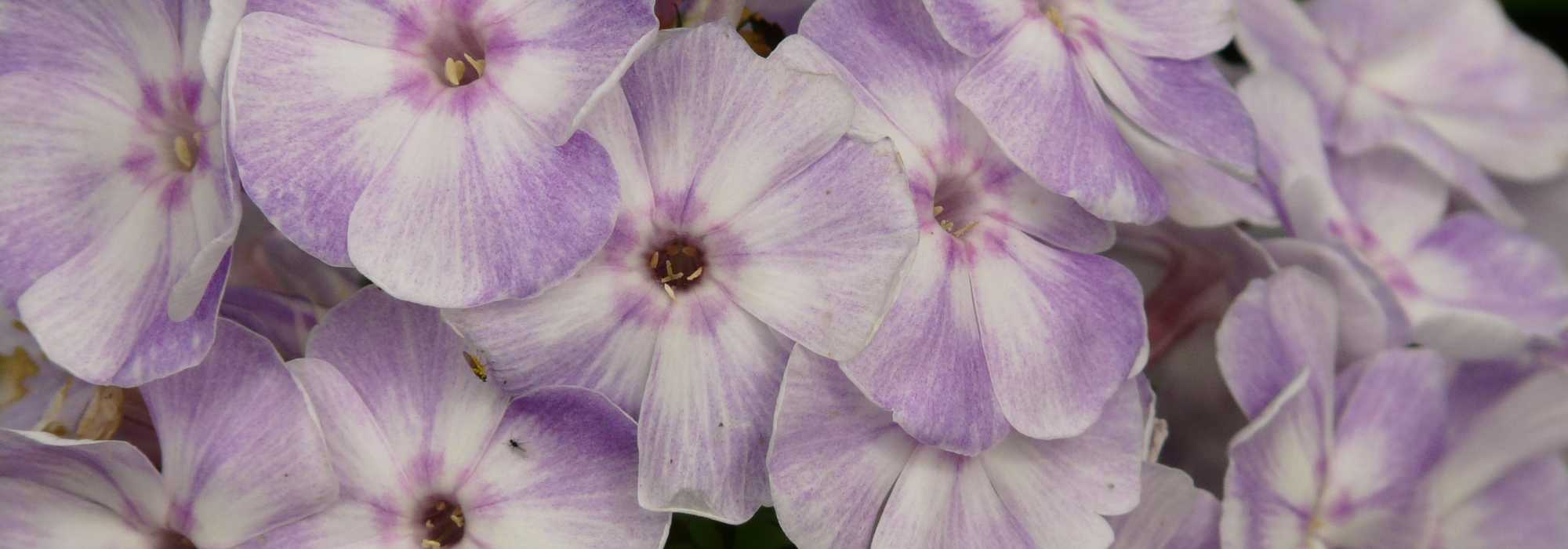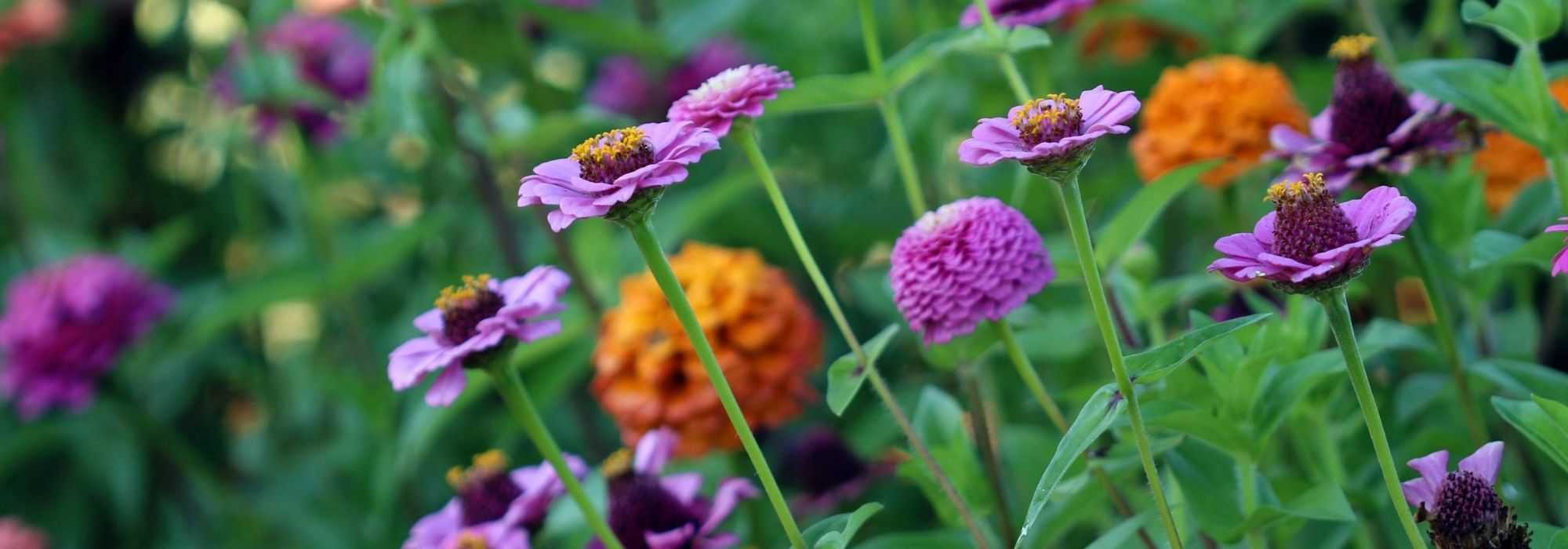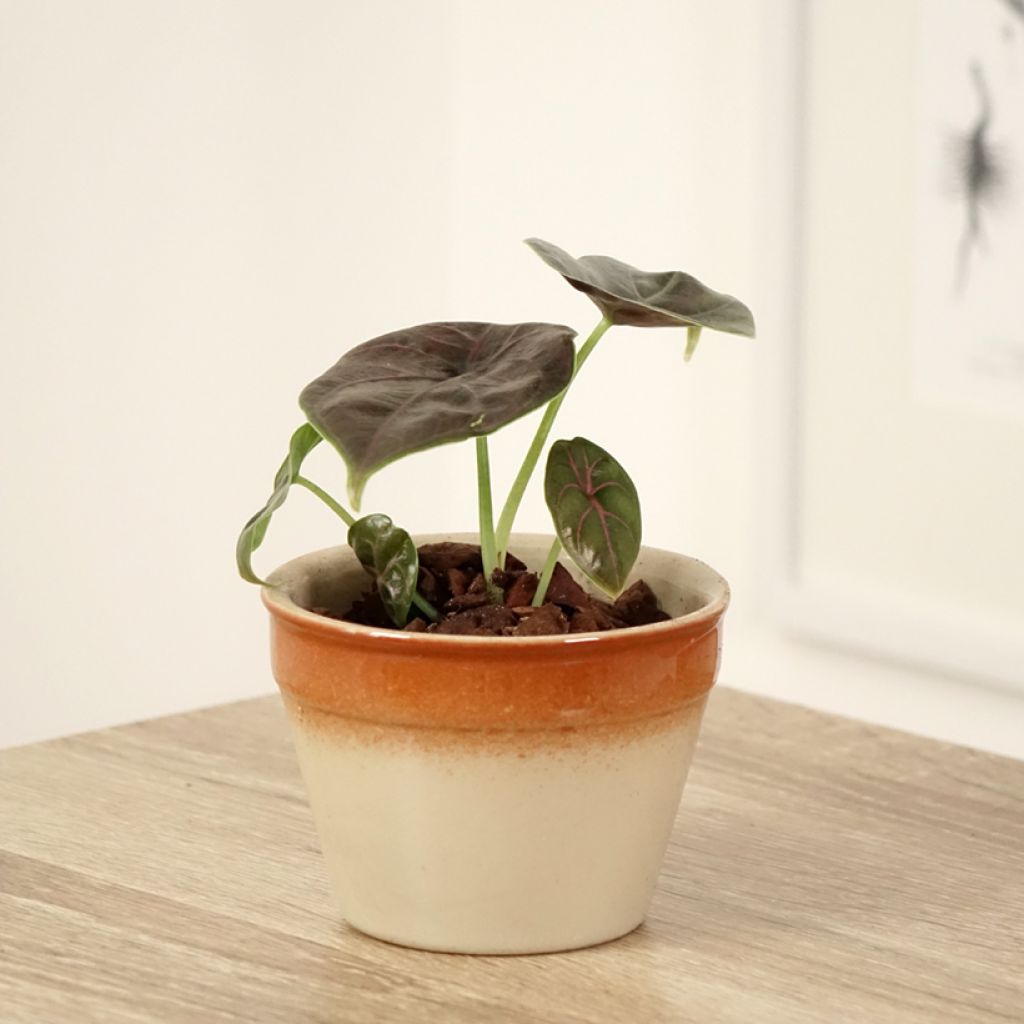

Alocasia azlanii - Elephant's ears plant
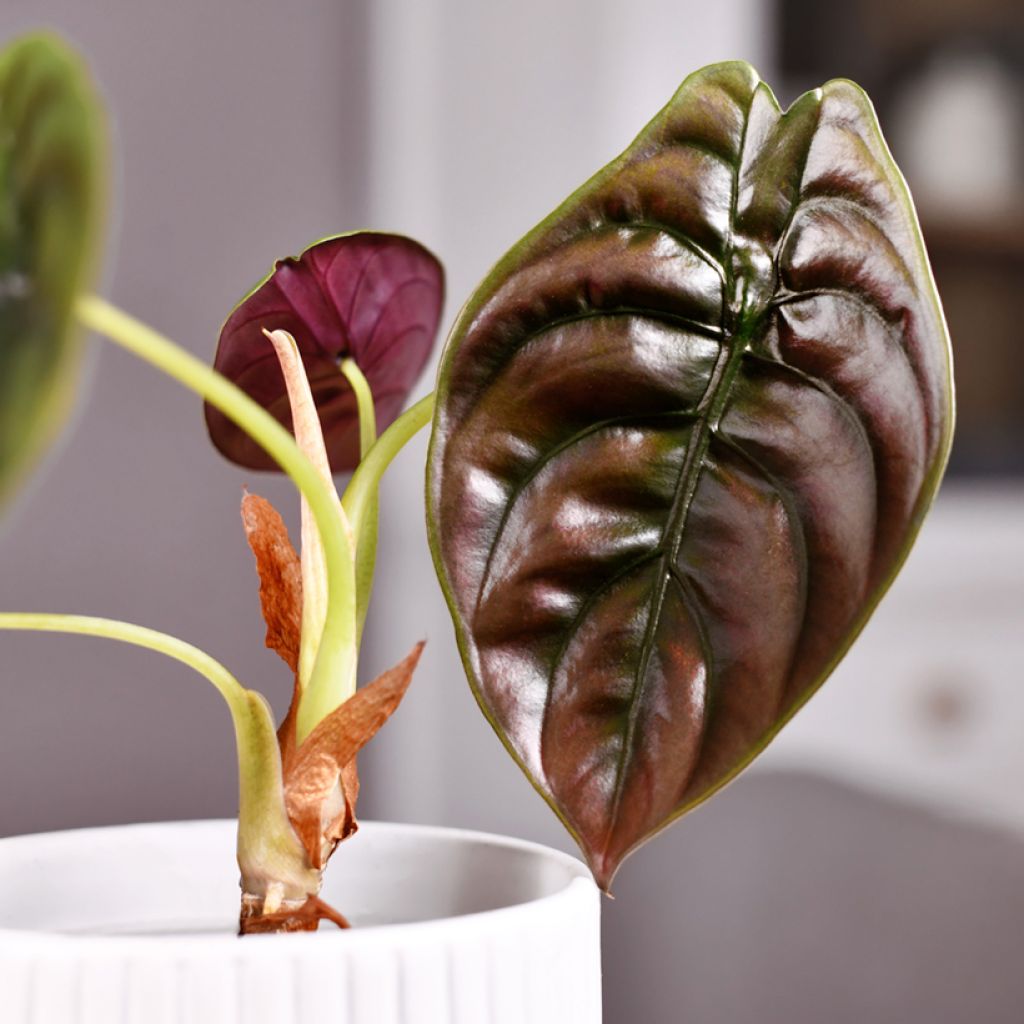

Alocasia azlanii - Elephant's ears plant
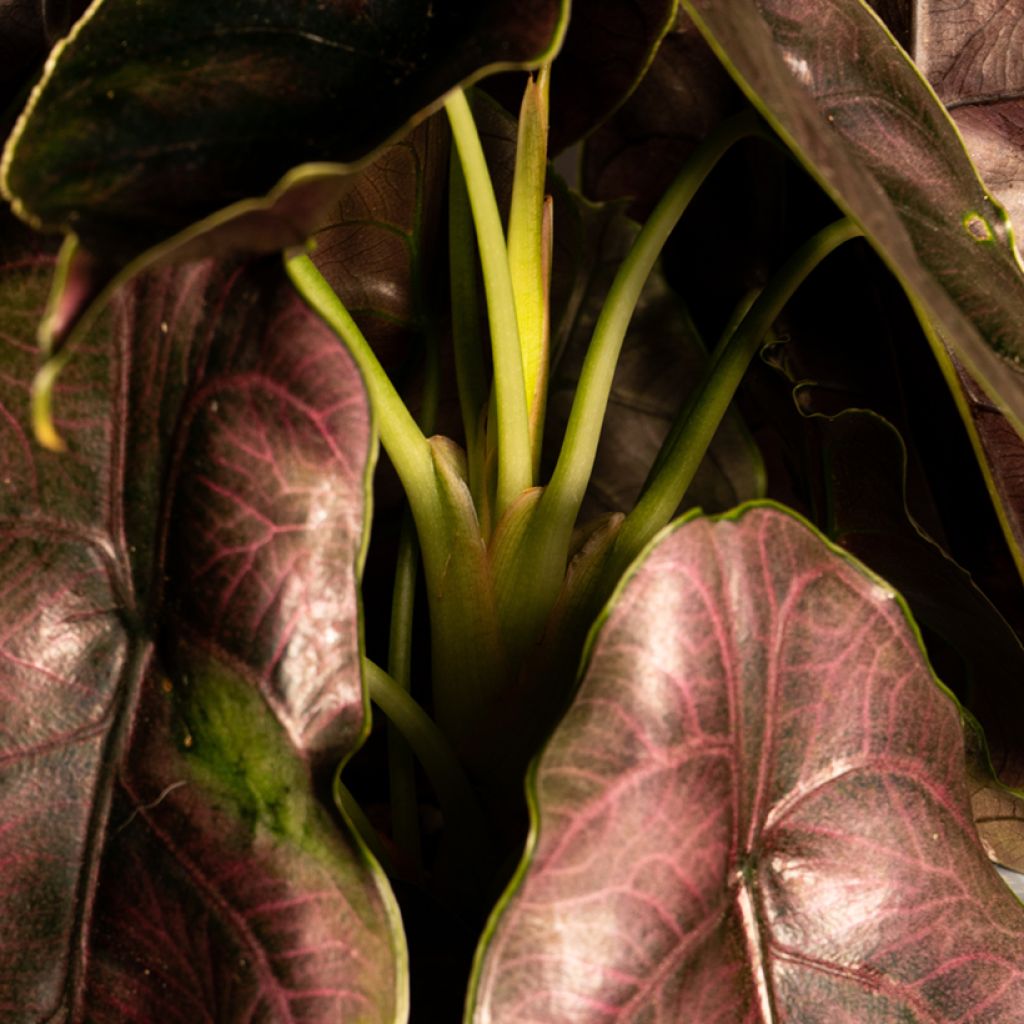

Alocasia azlanii - Elephant's ears plant
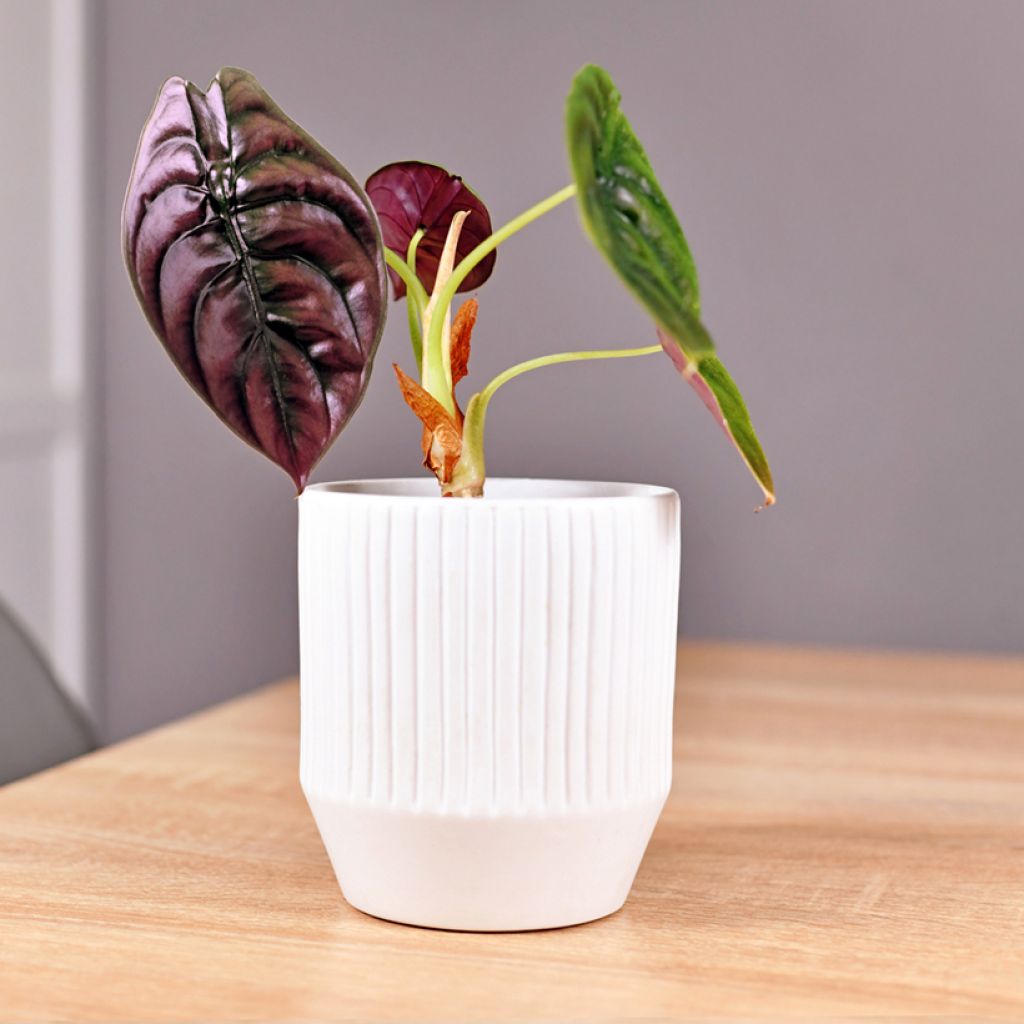

Alocasia azlanii - Elephant's ears plant
Alocasia azlanii - Elephant's ears plant
Alocasia azlanii
Giant taro, elephant’s ears
Special offer!
Receive a €20 voucher for any order over €90 (excluding delivery costs, credit notes, and plastic-free options)!
1- Add your favorite plants to your cart.
2- Once you have reached €90, confirm your order (you can even choose the delivery date!).
3- As soon as your order is shipped, you will receive an email containing your voucher code, valid for 3 months (90 days).
Your voucher is unique and can only be used once, for any order with a minimum value of €20, excluding delivery costs.
Can be combined with other current offers, non-divisible and non-refundable.
In stock substitutable products for Alocasia azlanii - Elephant's ears plant
View All →This plant benefits a 30 days rooting warranty
More information
We guarantee the quality of our plants for a full growing cycle, and will replace at our expense any plant that fails to recover under normal climatic and planting conditions.
Description of Alocasia azlanii - Elephant's ears plant
Alocasia azlanii belongs to a group of plants nicknamed elephant's ear. It is an exotic houseplant with truly unique, captivating foliage. Its dark green leaves with metallic sheen and purple veins have something otherworldly about them—they almost look artificial. A showstopper for contemporary or jungle-inspired interiors!
Belonging to the Araceae family, Alocasia azlanii is a perennial native to the tropical forests of Borneo. At maturity, when grown in a pot, it reaches a height of 45 to 60 cm and a spread of 30 to 45 cm. Its heart-shaped leaves measure between 15 and 20 cm in length. They have a smooth, glossy texture, with a dark green hue and metallic reflections, adorned with purple veins. Although flowering is rare indoors, when it occurs, it appears as a discreet inflorescence consisting of a spadix surrounded by a greenish spathe.
The Alocasia genus includes around 80 species, primarily native to the tropical regions of Southeast Asia. These plants thrive in humid and shaded environments, often in the undergrowth, where they benefit from filtered light and high humidity. These natural conditions explain their specific needs as houseplants, particularly high ambient humidity and indirect light.
Alocasia azlanii will add a striking, exotic designer touch to your home. Placed in a bright living room or a conservatory, it quickly becomes the focal point of the space. Its remarkable foliage blends perfectly with contemporary, minimalist, or jungle-inspired decor. To create a lush atmosphere, pair it with plants that have similar requirements, such as Philodendron 'Pink Princess' and Calathea orbifolia, which share the same needs for light and humidity.
Report an error
Alocasia azlanii - Elephant's ears plant in pictures


Foliage
Plant habit
Flowering
Botanical data
Alocasia
azlanii
Araceae
Giant taro, elephant’s ears
Southeast Asia
Hazards
atteintescutaneomuqueuses
Cette plante peut provoquer l'apparition de réactions cutanées indésirables, une atteinte des yeux, ou des difficultés respiratoires si elle est ingérée.
Ne la plantez pas là où de jeunes enfants peuvent évoluer. Evitez tout contact avec la peau: privilégiez l'emploi de gants pour la manipuler. En cas de contact, lavez-vous soigneusement les mains et rincez abondamment à l'eau la zone concernée. Lavez les vêtements entrés en contact. En cas de réaction cutanée, contactez votre médecin ou le centre antipoison le plus proche de chez vous. En cas d'atteinte étendue ou de difficultés respiratoires, appelez immédiatement le 15 ou le 112.Pensez à conserver l'étiquette de la plante, à la photographier ou à noter son nom, afin de faciliter le travail des professionnels de santé.
Davantage d'informations sur https://plantes-risque.info
Other Alocasia
View All →Location
Location
Plant care
Watering tips
Potting advice, substrates and fertilisers
Houseplant care
Disease and pest advice
Plant care
Planting & care advice
This item has not been reviewed yet; be the first to leave your review about it.
You have not found what you were looking for?
Hardiness (definition)

Photo Sharing Terms & Conditions
In order to encourage gardeners to interact and share their experiences, Promesse de fleurs offers various media enabling content to be uploaded onto its Site - in particular via the ‘Photo sharing’ module.
The User agrees to refrain from:
- Posting any content that is illegal, prejudicial, insulting, racist, inciteful to hatred, revisionist, contrary to public decency, that infringes on privacy or on the privacy rights of third parties, in particular the publicity rights of persons and goods, intellectual property rights, or the right to privacy.
- Submitting content on behalf of a third party;
- Impersonate the identity of a third party and/or publish any personal information about a third party;
In general, the User undertakes to refrain from any unethical behaviour.
All Content (in particular text, comments, files, images, photos, videos, creative works, etc.), which may be subject to property or intellectual property rights, image or other private rights, shall remain the property of the User, subject to the limited rights granted by the terms of the licence granted by Promesse de fleurs as stated below. Users are at liberty to publish or not to publish such Content on the Site, notably via the ‘Photo Sharing’ facility, and accept that this Content shall be made public and freely accessible, notably on the Internet.
Users further acknowledge, undertake to have ,and guarantee that they hold all necessary rights and permissions to publish such material on the Site, in particular with regard to the legislation in force pertaining to any privacy, property, intellectual property, image, or contractual rights, or rights of any other nature. By publishing such Content on the Site, Users acknowledge accepting full liability as publishers of the Content within the meaning of the law, and grant Promesse de fleurs, free of charge, an inclusive, worldwide licence for the said Content for the entire duration of its publication, including all reproduction, representation, up/downloading, displaying, performing, transmission, and storage rights.
Users also grant permission for their name to be linked to the Content and accept that this link may not always be made available.
By engaging in posting material, Users consent to their Content becoming automatically accessible on the Internet, in particular on other sites and/or blogs and/or web pages of the Promesse de fleurs site, including in particular social pages and the Promesse de fleurs catalogue.
Users may secure the removal of entrusted content free of charge by issuing a simple request via our contact form.
The flowering period indicated on our website applies to countries and regions located in USDA zone 8 (France, the United Kingdom, Ireland, the Netherlands, etc.)
It will vary according to where you live:
- In zones 9 to 10 (Italy, Spain, Greece, etc.), flowering will occur about 2 to 4 weeks earlier.
- In zones 6 to 7 (Germany, Poland, Slovenia, and lower mountainous regions), flowering will be delayed by 2 to 3 weeks.
- In zone 5 (Central Europe, Scandinavia), blooming will be delayed by 3 to 5 weeks.
In temperate climates, pruning of spring-flowering shrubs (forsythia, spireas, etc.) should be done just after flowering.
Pruning of summer-flowering shrubs (Indian Lilac, Perovskia, etc.) can be done in winter or spring.
In cold regions as well as with frost-sensitive plants, avoid pruning too early when severe frosts may still occur.
The planting period indicated on our website applies to countries and regions located in USDA zone 8 (France, United Kingdom, Ireland, Netherlands).
It will vary according to where you live:
- In Mediterranean zones (Marseille, Madrid, Milan, etc.), autumn and winter are the best planting periods.
- In continental zones (Strasbourg, Munich, Vienna, etc.), delay planting by 2 to 3 weeks in spring and bring it forward by 2 to 4 weeks in autumn.
- In mountainous regions (the Alps, Pyrenees, Carpathians, etc.), it is best to plant in late spring (May-June) or late summer (August-September).
The harvesting period indicated on our website applies to countries and regions in USDA zone 8 (France, England, Ireland, the Netherlands).
In colder areas (Scandinavia, Poland, Austria...) fruit and vegetable harvests are likely to be delayed by 3-4 weeks.
In warmer areas (Italy, Spain, Greece, etc.), harvesting will probably take place earlier, depending on weather conditions.
The sowing periods indicated on our website apply to countries and regions within USDA Zone 8 (France, UK, Ireland, Netherlands).
In colder areas (Scandinavia, Poland, Austria...), delay any outdoor sowing by 3-4 weeks, or sow under glass.
In warmer climes (Italy, Spain, Greece, etc.), bring outdoor sowing forward by a few weeks.






























